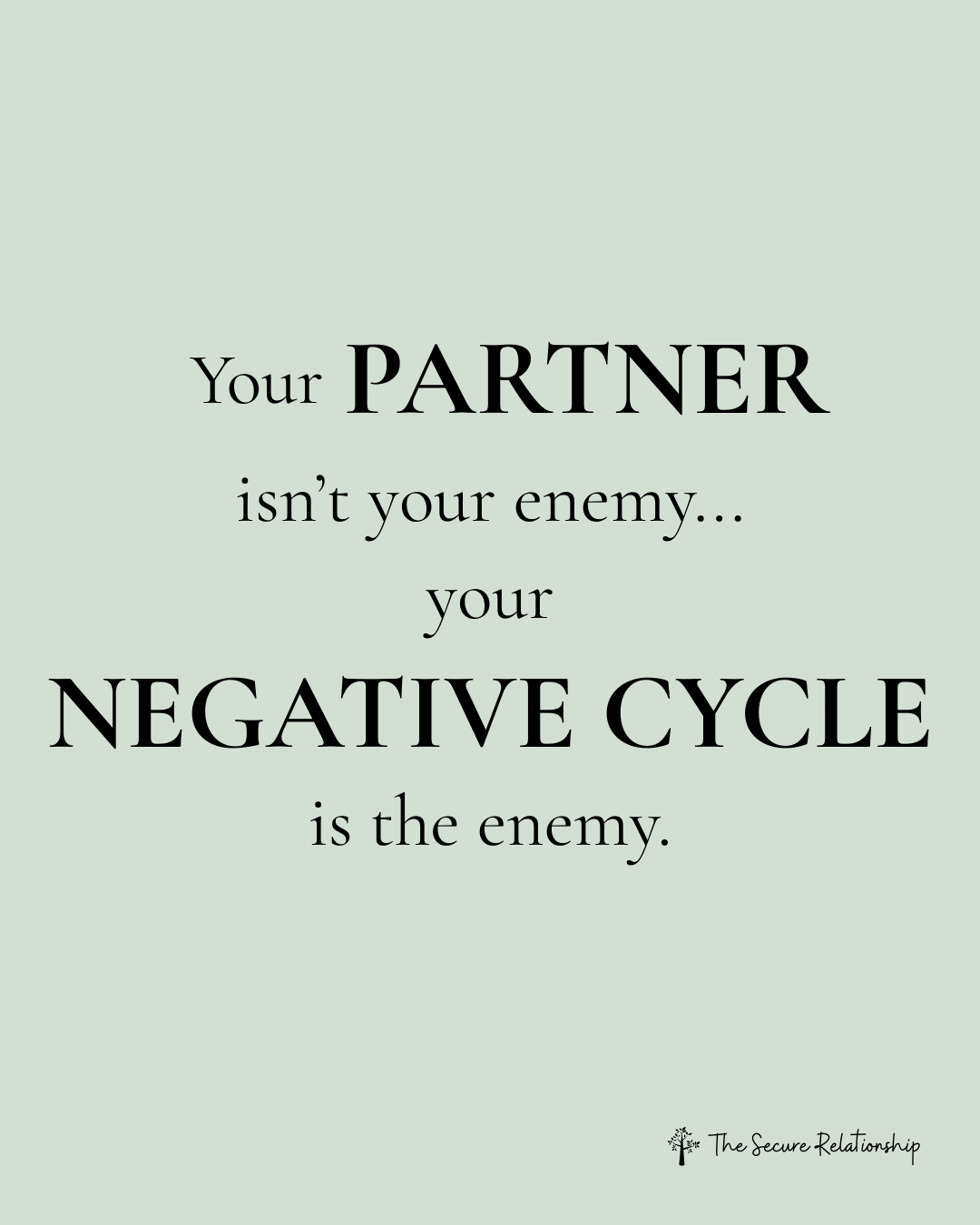I’d like to better understand…
Attachment Based Relationship Tips
Looking to strengthen your relationship? Our blog offers expert relationship tips rooted in attachment theory and Emotionally Focused Therapy. Learn how to identify your attachment style, communicate more effectively, and foster emotional safety with your partner. From overcoming conflict to building deeper trust, our practical advice and tools, created by couples therapist Julie Menanno, are designed to help you move toward a secure and fulfilling connection. Dive in and start transforming your relationships today!
How Personal Anxiety Can Impact Your Relationship
Trying to control your environment—like keeping a spotless house—can sometimes be a way to manage inner anxiety caused by relationship disconnection. But when that strategy backfires, it can create more of the very disconnection you’re trying to avoid. This post explores how personal anxiety shows up in relationships, and how couples can break the cycle.
Your Partner Isn’t the Enemy—Your Negative Cycle Is
In emotionally stuck relationships, your partner isn’t the enemy. The negative cycle is. Learn how to identify the cycle, understand each other’s roles, and begin the process of healing.
Attachment-Friendly Boundaries Sound Like This
Secure relationships are built on mutual respect and emotional safety. These examples of attachment-friendly boundaries show how to protect connection while still speaking your truth.
How to Be Emotionally Available – Part Four: Emotional Presence
Emotional presence is the ability to join someone in their feelings without losing yourself in the process. When practiced consistently, it deepens connection and builds trust.
How to Be Emotionally Available – Part Three: Emotional Attunement
When your partner is upset, they don’t always need a solution. Sometimes, what they need most is to know you’re with them in it. That’s emotional attunement—and it can change everything.
How to Be Emotionally Available – Part Two: Authenticity
If you’re not showing up, there’s none of you to connect with. Authenticity is the foundation of emotional availability—and it's something you can learn.
How to Be Emotionally Available – Part One: Emotional Validation
Emotional validation isn’t about agreeing with your partner—it’s about showing them that their feelings matter. And when it comes to emotional availability, few things are more powerful.
Tips for Preventing the Negative Cycle When Discussing a Difficult Topic
Tough conversations can easily spiral into disconnection when couples fall into the negative cycle. But it doesn’t have to go that way. These tips can help you communicate better, create emotional safety, and stay connected even when things get hard.
What Is Vulnerability—and Why Does It Matter?
Vulnerability is the foundation of connection—and without it, relationships stay surface-level. But when you've learned to hide, overshare, or shut down, it can feel impossible to get it right. Here’s how to begin.
The Negative Cycle: Part Six – Putting It All Together
The real enemy in your relationship isn’t your partner—it’s the negative cycle you both get caught in. When you understand how it works, you can work together to step out of it and reconnect.
The Negative Cycle: Part Five – Examining the Next Trigger of the Avoidant Partner
It may look like the avoidant partner doesn’t care, but in reality, they’re overwhelmed. When conflict escalates, their instinct is to shut down—not to hurt their partner, but to protect themselves.
The Negative Cycle: Part Two – Examining the Trigger
The anxious partner in a negative cycle isn’t just “overreacting”—they’re fighting to feel seen, heard, and emotionally safe. Here’s what’s happening beneath the surface.
Your Attachment Style Has So Much to Say…
Each attachment style holds a story—about fear, need, and connection. When we give those stories words, we begin the process of healing, connection, and secure attachment.
Met Attachment Needs = Secure Attachment
Secure attachment is built on a foundation of consistent emotional attunement and met needs. When both partners feel seen, valued, and safe, the relationship thrives.
Hope: 8 Ways to Grow Secure Attachment in Your Relationship
Secure attachment doesn’t just happen—it’s created moment by moment, through emotional safety, self-awareness, and commitment. Here are 8 hopeful and practical ways to build a stronger, more connected relationship.
Can You Have Both an Anxious and Avoidant Attachment Style?
Attachment styles can be confusing, but in most cases, people lean heavily toward one attachment style in their closest relationships. Learn why you might feel like you have both anxious and avoidant tendencies and what that really means.
3 Tips to Help Your Anxious Partner Feel More Secure
Anxious partners feel more secure when their relationship needs are met. Learn three practical ways to support your partner in feeling safe, valued, and emotionally connected.
How Do Secure Partners Do That?
Securely attached partners communicate effectively, regulate emotions, and maintain strong boundaries while fostering connection. Learn how these behaviors create thriving relationships.
Why Do Disorganized Partners Do That?
Disorganized attachment can make relationships feel unpredictable and overwhelming. Learn how survival strategies formed in childhood impact adult relationships and discover steps for healing.
Why Do Avoidant Attached Partners Do That?
Understanding why avoidant partners engage in behaviors like appeasing, shutting down, or defending themselves is key to breaking negative cycles. Learn how to transform these behaviors and build a more secure relationship.

























In this session, Julie explores the often unspoken question: Am I carrying too much of the emotional weight in my relationship? She breaks down what emotional work really means—offering support, creating space for connection, showing vulnerability—and helps you identify when it starts to feel one-sided or unsustainable.
Julie guides you through why these patterns develop, what they might be protecting, and how to begin shifting out of them. Whether you tend to over-function or struggle to engage emotionally, this conversation offers a clear, grounded path toward more balance, clarity, and connection.